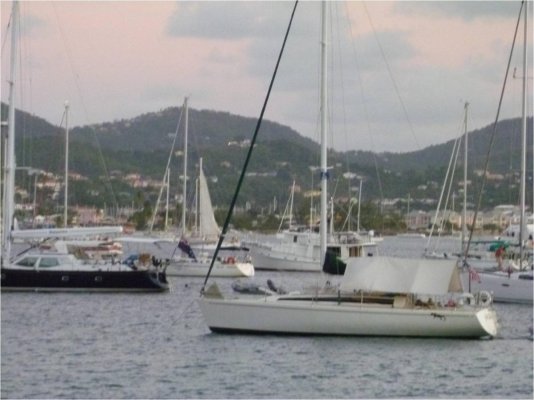dhays
Guru
- Joined
- May 26, 2015
- Messages
- 9,045
- Location
- United States
- Vessel Name
- Kinship
- Vessel Make
- North Pacific 43
Wow, I never knew anchoring was so difficult. I have controls for my windlass at the helm, but often use just the foot switches at the bow deploying and retrieving the anchor when single-handed. In water under 20 feet I like to see how the anchor and chain are lying on bottom. I also need to knock over my chain castle once or twice during the retrieval process. In winds under 10 knots, I often don't use the engine when retrieving. I pull in a bit of chain, maybe 10 or 15 feet, then let the sagging if the chain slowly draw the boat toward the anchor, then pull in another 10 or 15 feet and repeat. I take my time; there's no hurry. If the wind is up, I have to make a few trips back and forth to the helm. Again, nor hurry.
That perfectly mirrors my experience.






